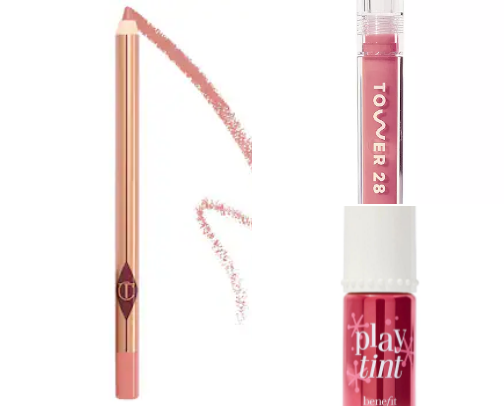ADVANCED SKINCARE - how to implement acids and retinoids into your skincare routine
If you mastered skincare basics, it is time to step up your game!
The first question you need to ask yourself is what “issues” you want to target.
There are various types of acids that target different problems; acne, redness, wrinkles, pores etc.
Acids are divided into 3 main groups: AHA, BHA and PHA acids. Before implementing acids into your skincare routine, you should understand the difference between various acid types.
AHA acids are a group of acids that occur naturally in fruits, sugar cane, and milk. Benefits of AHA include exfoliation, improved skin texture, and anti aging benefits. AHA acids include many types of acids but the most used are glycolic, lactic and mandelic acid. AHA acids are great for dry skin types but can also be used by other skin types.
BHA acids are commonly used by oily, acne-prone skin types. The most popular BHA acid is salicylic acid which is used to treat and prevent acne, remove dead skin cells and unclog pores. It comes in form of cleansers, toners and special treatments. I would say it is one of the best treatments for acne.
PHA acids are more suitable for sensitive skin types or skin with conditions because it penetrates less deeply into the skin compared to AHA and BHA acids. Some examples of PHA acids are lactobionic acid and gluconolactone. The benefits of PHA acids are improving skin tone, texture and radiance.
RETINOIDS include retinol, retinal, tretinoin, adapalene, tazarotene, alitretinoin, and bexarotene. However, we will focus only on retinol and retinal since those are mainly used in prescription free cosmetics. The main benefit of retinoids is anti aging since it targets fine lines and wrinkles by increasing cell production. It can also be good to target acne but that depends on the other ingredients within every product. The main difference between retinol and retinal is that retinal causes less side effects like skin patches (they will go away after a few weeks when the skin gets used to retinoids).
SOME IMPORTANT RULES WHEN USING ACIDS AND RETINOIDS:
1. Always use SPF during the day
2. Always start with implementing one product 1-2 times a week, and increasing the usage after a few weeks
3. Some acids can be used in the morning, but I would always recommed to start using them only in your night routine
4. Do not combine various products with acids in the same routine before you learn how to combine them
